Trees are an important part of our planet, as they produce fresh air and create delicate ecosystems for animals and plants. Keep reading for our list of trees that start with B.
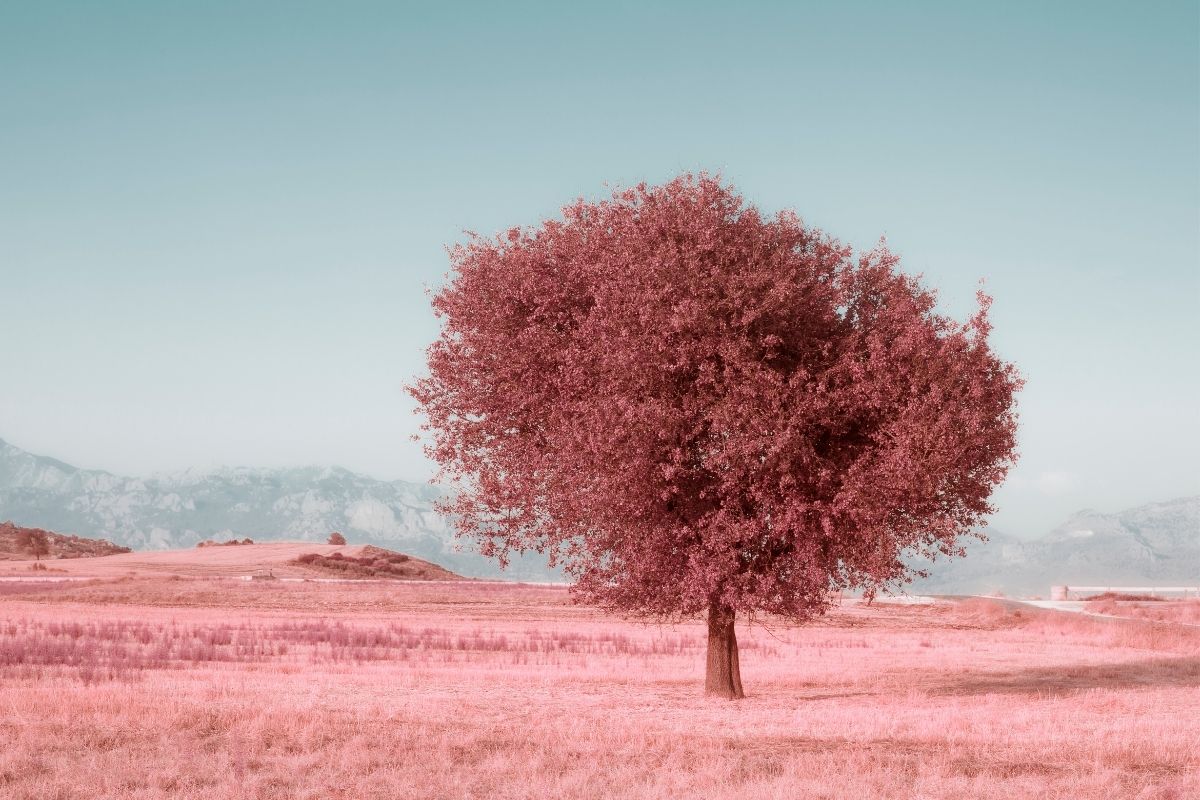
However, this does not make naming a species any easier, as certain trees can look similar to untrained eyes.
Because of this, finding a specific species can be hard, especially if you know nothing about the tree and its characteristics.
So if you want to learn more about the trees that populate our planet, then you have come to the right place.
In the following article, we have compiled a list of trees that start with the letter B, so that you can understand more about each species and its individual qualities.
So why not take a look down below and see which one takes your interest…
1. Balsa Tree (Ochroma Pyramidale)
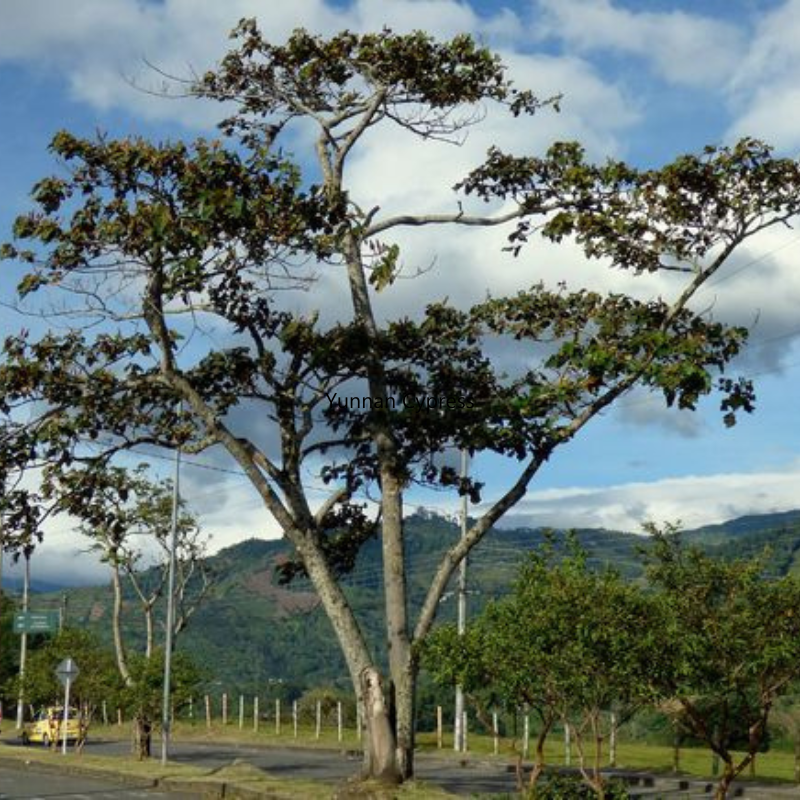
For the first tree on our list, we have chosen the balsa tree – a large fast-growing species that can be found across the Americas.
The lumber of the balsa tree is said to be coarse and light, which makes it the softest commercial hardwood currently available.
2. Banana Tree (Musa Genus)
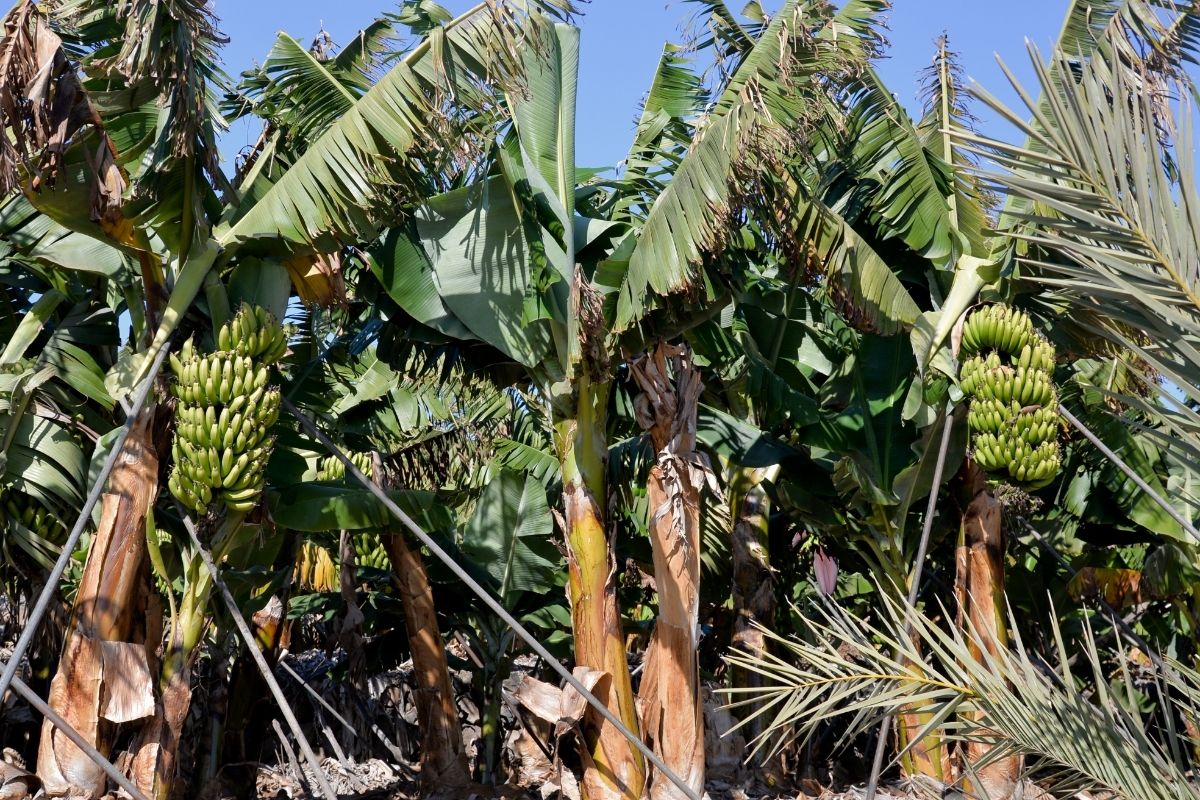
Considered a member of the musa family, the banana tree is commonly cultivated for its yellow fruit, which can be used to make desserts and smoothies.
While the banana is often sold as a fruit, it is classed as a berry by botanic definition, with the tree being known for its woody stem and palm-like leaves.
3. Baobab Tree (Adansonia Genus)
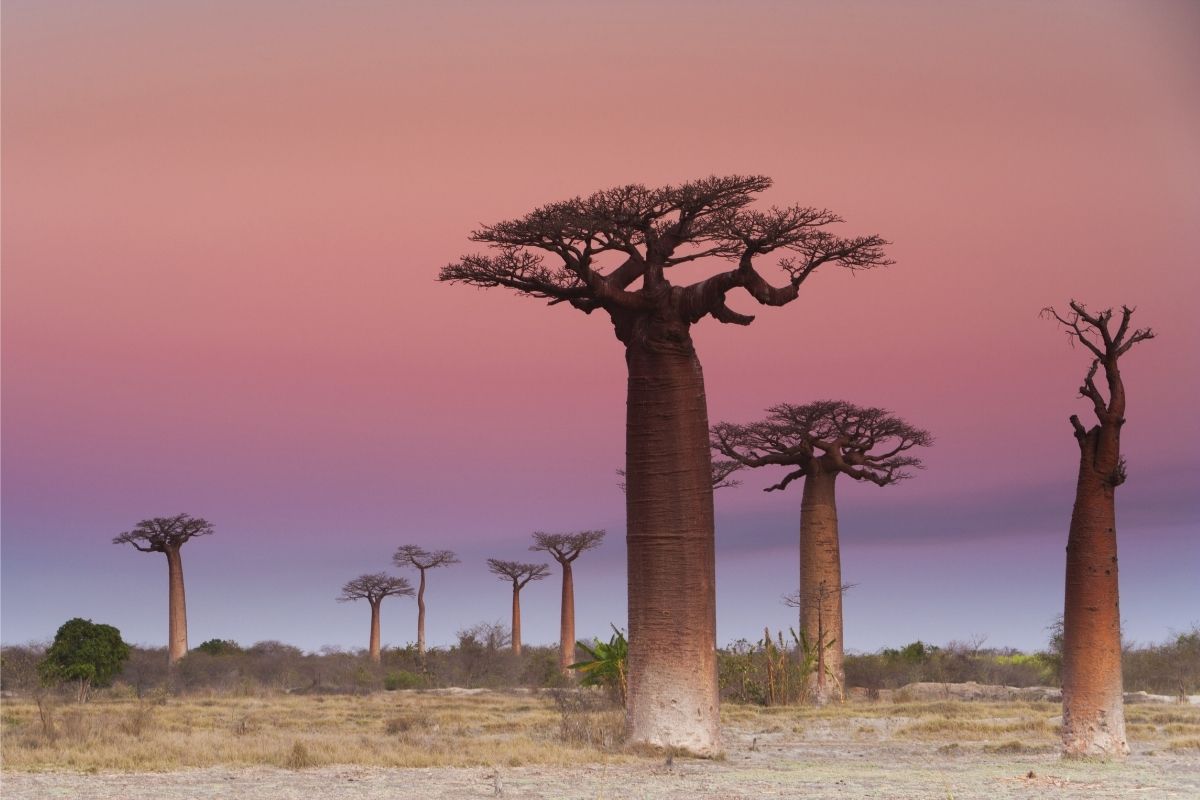
Known as the bottle tree, this species is native to Madagascar and mainland Africa, where it is commonly identified by its smooth leaves and red blooms.
Of course, one of the most distinguishing features of this tree is its fruit, which can take the form of round berries that taste like lemon sherbert.
4. Bay-Rum Tree (Myrica Genus)
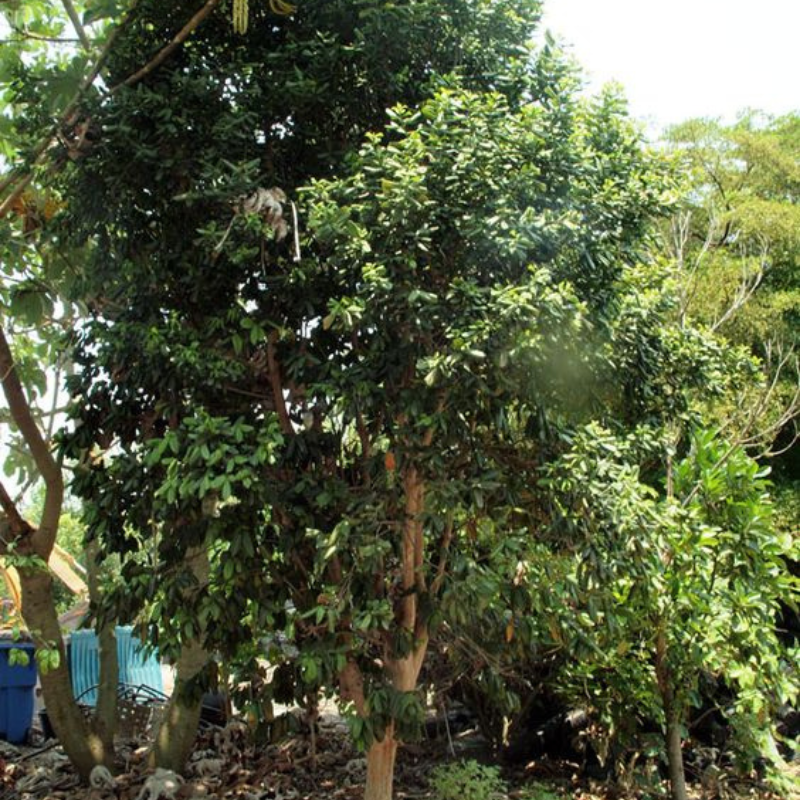
This genus of shrubs can be found across the world, where they are cultivated for their leaves and fruit.
While bayberries are considered edible, the tree is mainly harvested for its small green leaves, which can be used to make wax and other materials.
5. Beech Tree (Fagus Genus)
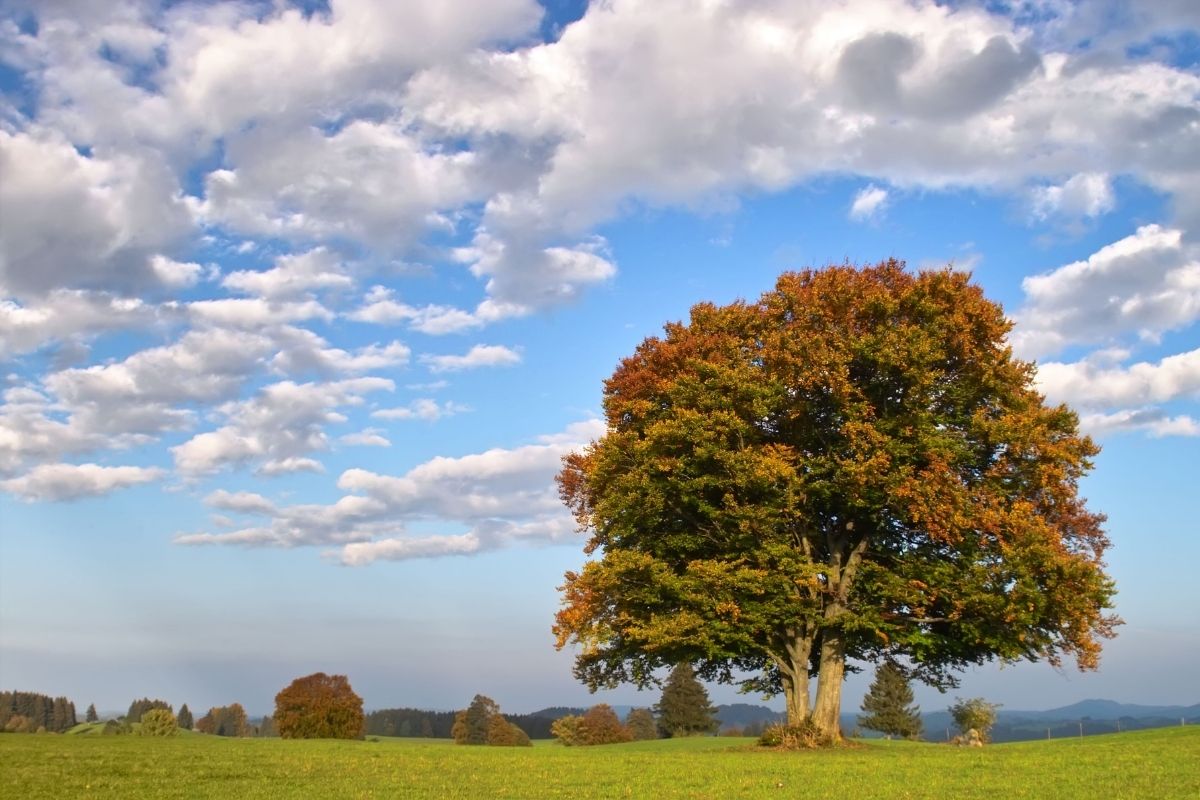
This genus of deciduous trees can be found across Europe, Asia, and North America – where it is cultivated for lumber, firewood, and food.
While most beech trees will produce green leaves and nuts, the different species contrast in their size and growth, with some growing close to the ground and others reaching up into the heavens.
6. Bismarck Palm Tree (Bismarckia Nobilis)

This flowering palm tree is the sole member of the Bismarckia genus and an endemic species to northern Madagascar, where it can be identified by its ring trunk and fan-shaped leaves.
These days, the tree is cultivated across the United States and Australia, where it is commonly grown for ornamental purposes.
7. Black Mangrove Tree (Avicennia Germinans)
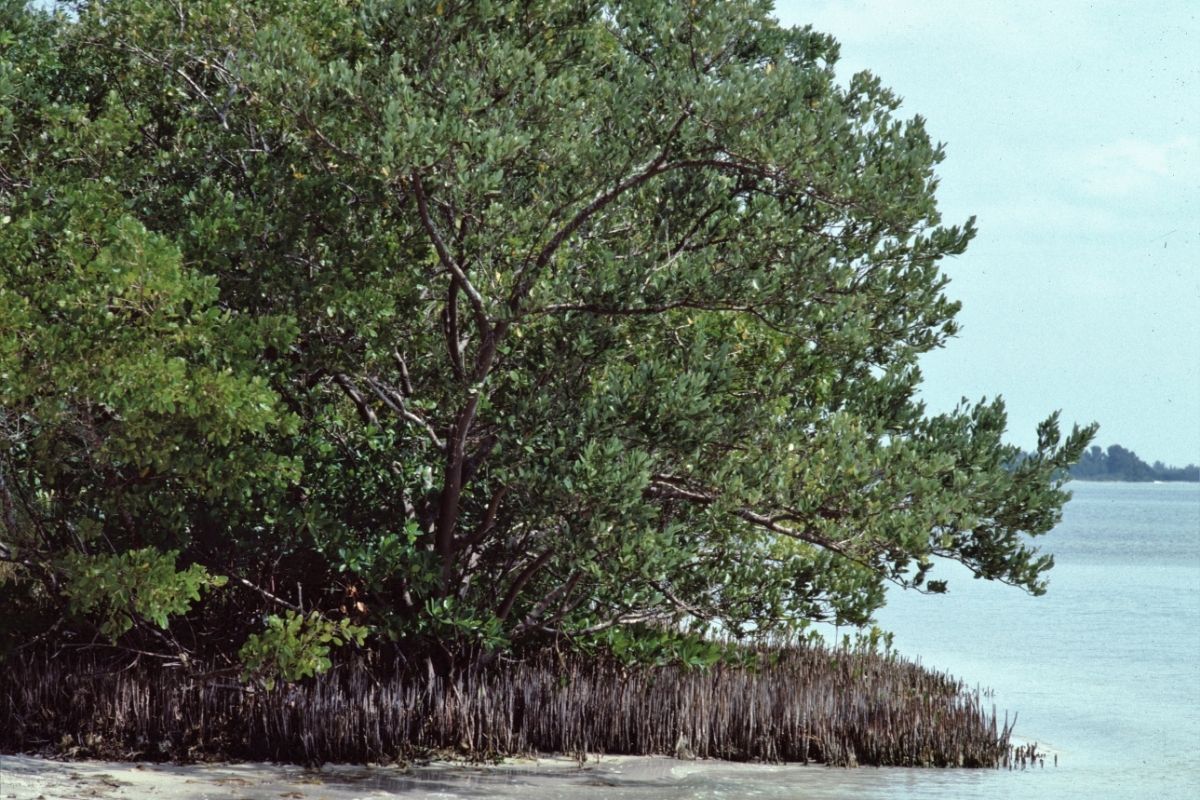
The black mangrove is a flowering shrub known for its dark wood and white blooms, with the species commonly being found in bogs and swamps.
The species is native to the tropical and subtropical areas of the Americas, where it is cultivated for its natural tannins and charcoal.
8. Blackbead Tree (Pithecellobium Dulce)
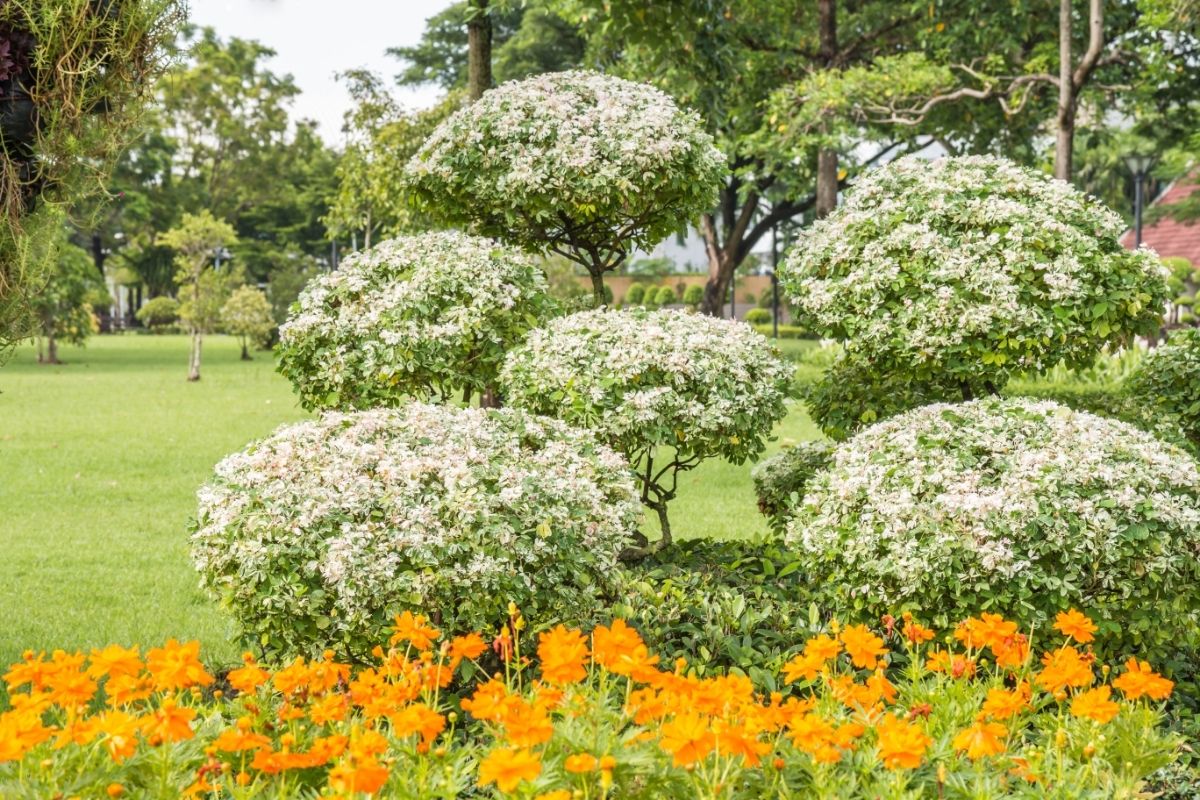
Known as camachile, this species of tree can be found across Central America and Southeast Asia, where it is cultivated for food and medicine.
Considered a member of the pea family, the tree is known to produce seed-like pods, which contain a sweet and sour pulp that is eaten raw in various countries.
9. Bloodwood Tree (Corymbia Gummifera)
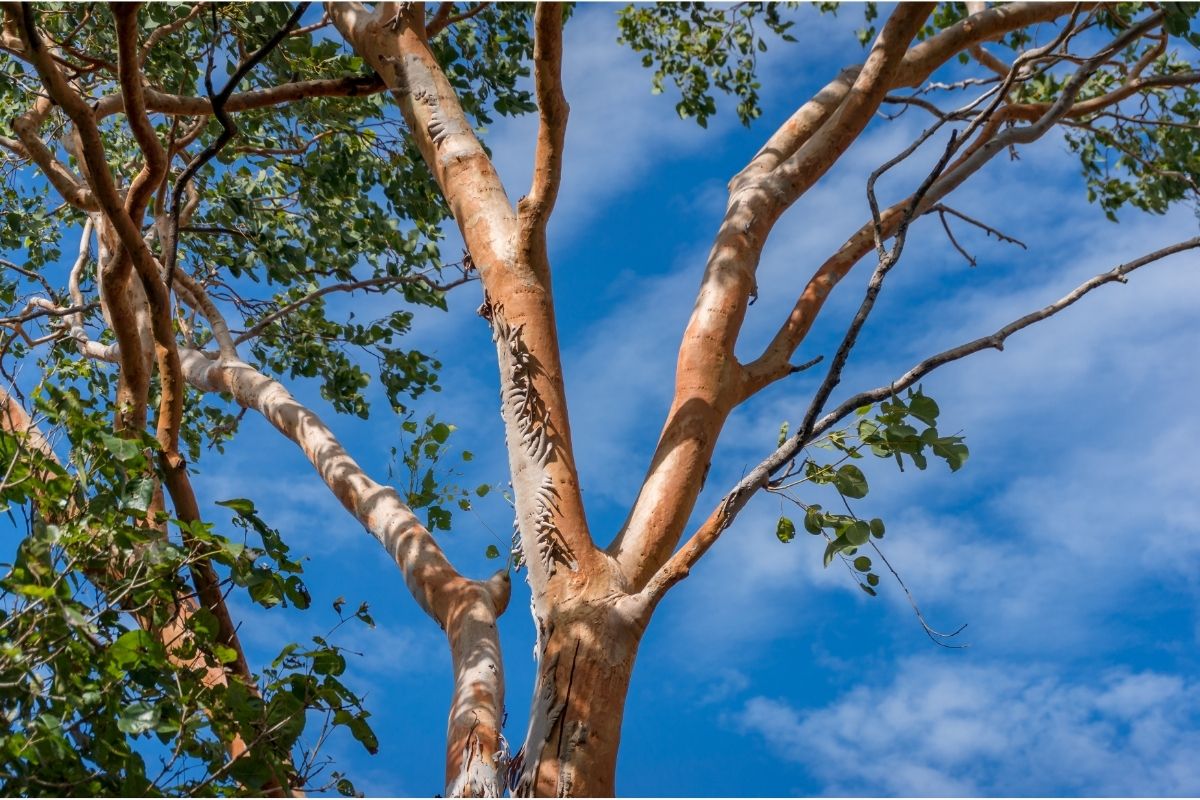
The red bloodwood tree is an endemic species found in eastern Australia, where it is related to the common eucalyptus.
While the tree is known for its vibrant red flowers, it actually takes its name from the sap that the tree excretes, which is said to resemble dripping blood.
10. Blue Mahoe (Talipariti Elatum)
Native to South America and the Caribbean, this species of flowering tree is named for its blue-toned wood, which makes it a popular choice for cabinets, picture frames, and wood carvings.
Despite its distinctive hue, the tree can also be identified by its broad green leaves and hibiscus-like flowers, which bloom during the spring and summer.
11. Bolivian Rosewood (Machaerium Bolivia)
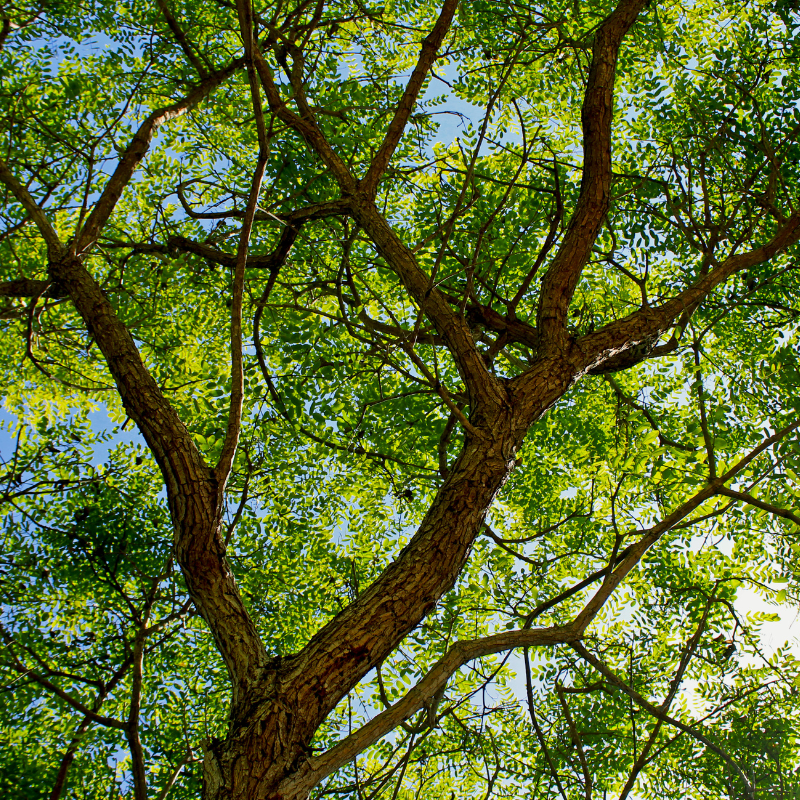
As the name implies, this tree can only be found in Bolivia, where its handsome wood is cultivated for furniture and ornaments.
While there are numerous varieties of rosewood available, this species remains a popular choice across Central and South America.
12. Bombax Tree (Bombax Ceiba)
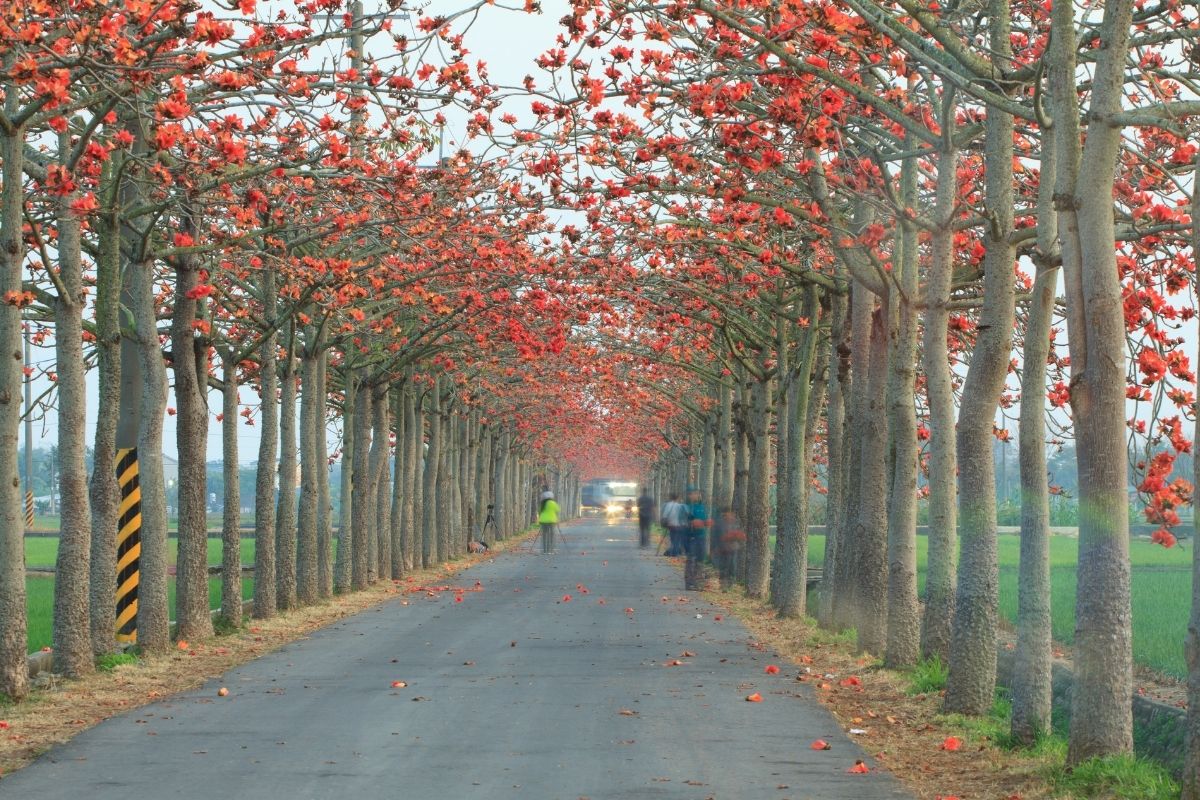
This species of tropical tree can be found across southeastern Asia, where it was first cultivated by a Chinese emperor for ornamental purposes.
Nowadays, the tree is known for its copper leaves and bright red blossoms, with the flower playing an important role in Cantonese culture and tradition.
13. Boobialla Tree (Myoporum Insulare)
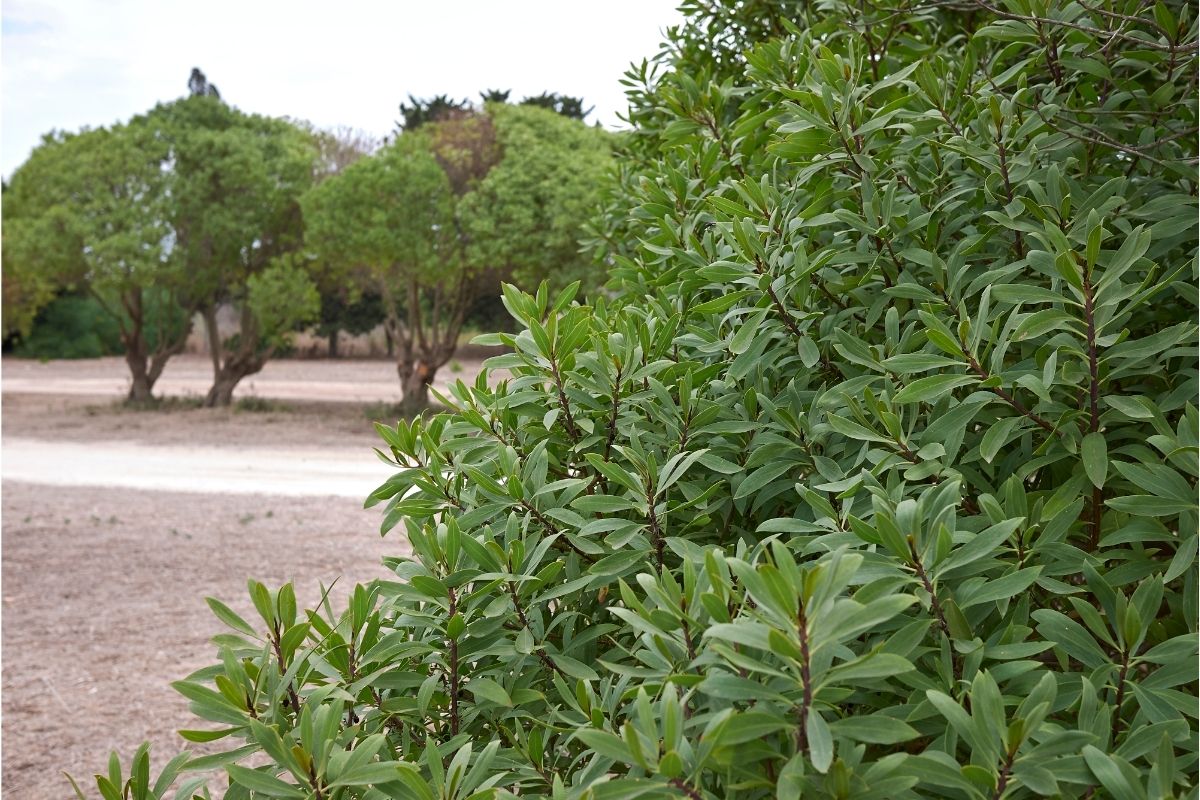
The common boobialla is a species of flowering shrub endemic to the coastal regions of Australia, where it can be found on dunes and seaside cliffs.
While the tree can be identified by its smooth leaves and marbled flowers, it also produces a small purple fruit, which is edible and used to make preserves.
14. Boojum Tree (Fouquieria Columnaris)
Native to Baja California, this strange-looking tree takes its name from the works of Lewis Caroll and can be found in limited areas of southern Mexico.
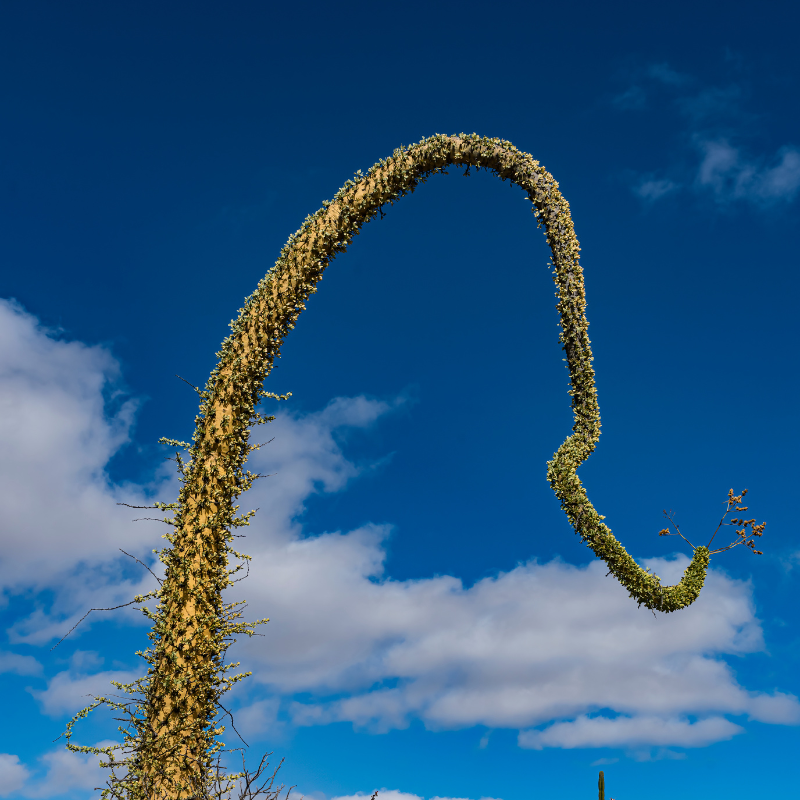
While the species is said to resemble a cactus, it is actually a member of the fouquieria genus and boasts a hard trunk with small fern-like leaves.
The tree will commonly bloom during the summer and is notable for its peculiar distribution across the Baja mainland.
15. Bristlecone Hemlock (Nothotsuga Longibracteata)
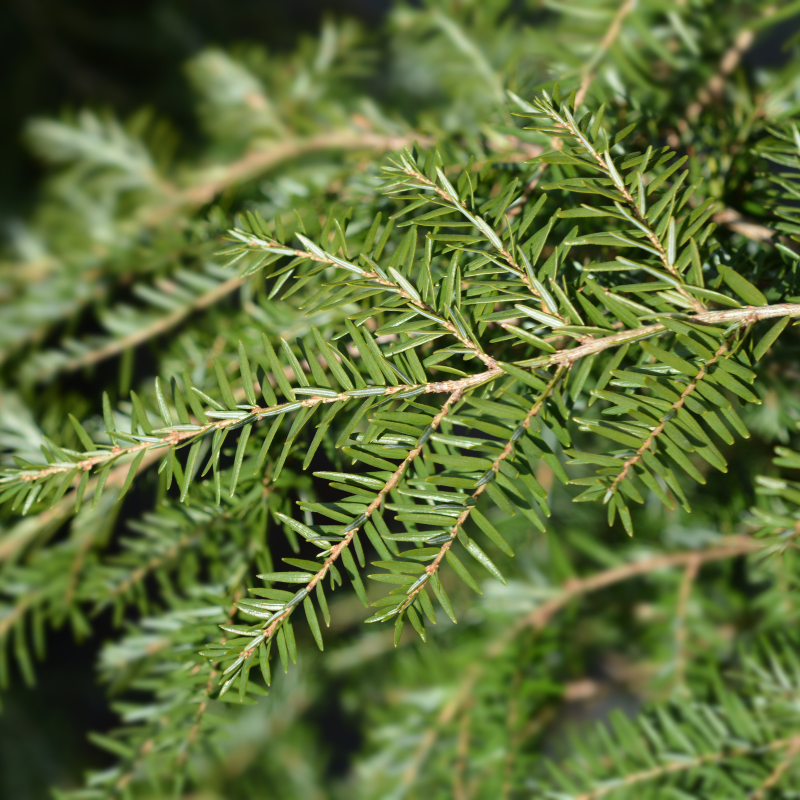
This evergreen tree is a coniferous species native to mainland China, where it is now protected in countless areas across the country.
The tree can be identified by its flat needle-like leaves and natural cones, with the species commonly reaching up to 30 meters tall.
16. Bullet Tree (Terminalia Buceras)

The bullet tree is a species of flowering tree that is native to Mexico and Central America, where it is also known as the black olive tree and oxhorn bucida.
It can commonly be found in coastal swamps and wet inland forests, where it thrives in low elevations and is cultivated for its durable wood.
17. Bottle Palm Tree (Hyophorbe Lagenicaulis)
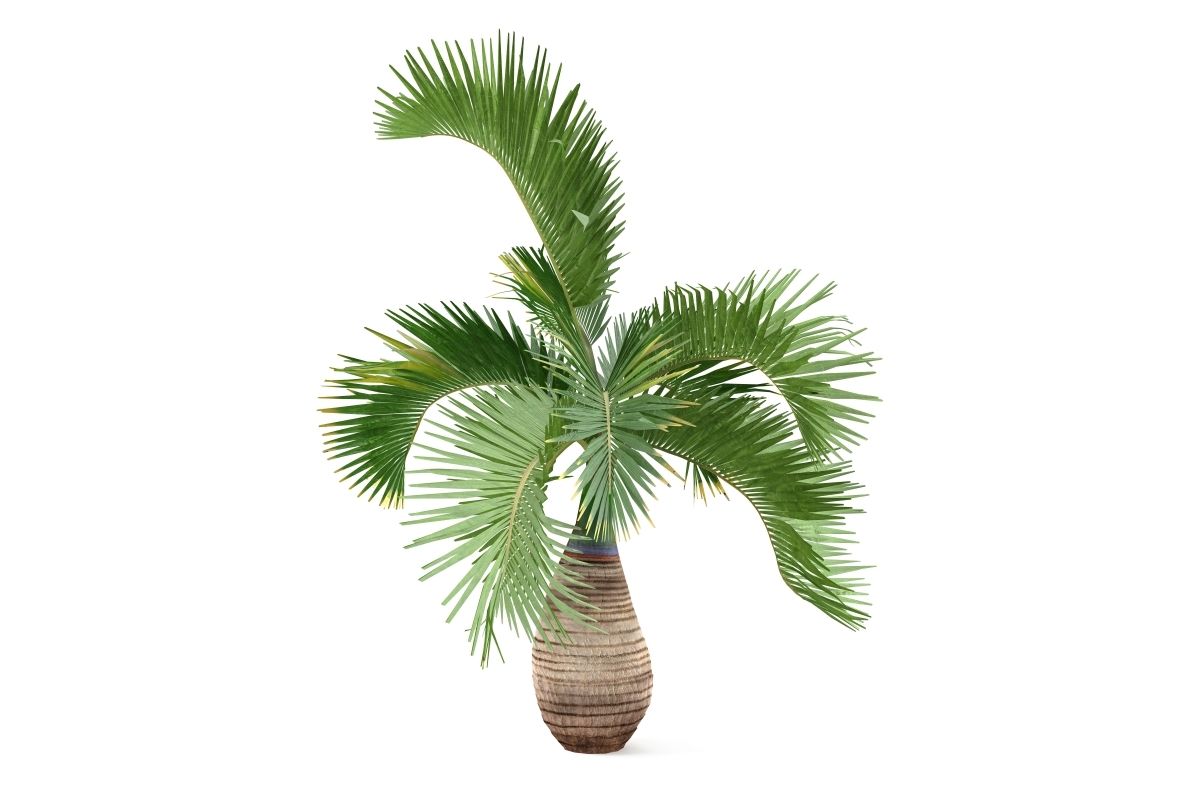
Once upon a time, the bottle palm could only be found off the coast of Mauritius, where it remains an endemic species to Round Island.
However, the tree is now considered endangered due to deforestation, with samples of the plant now being found in Florida and Hawaii for conservation purposes.
18. Bottlebrush, Weeping (Melaleuca Viminalis)
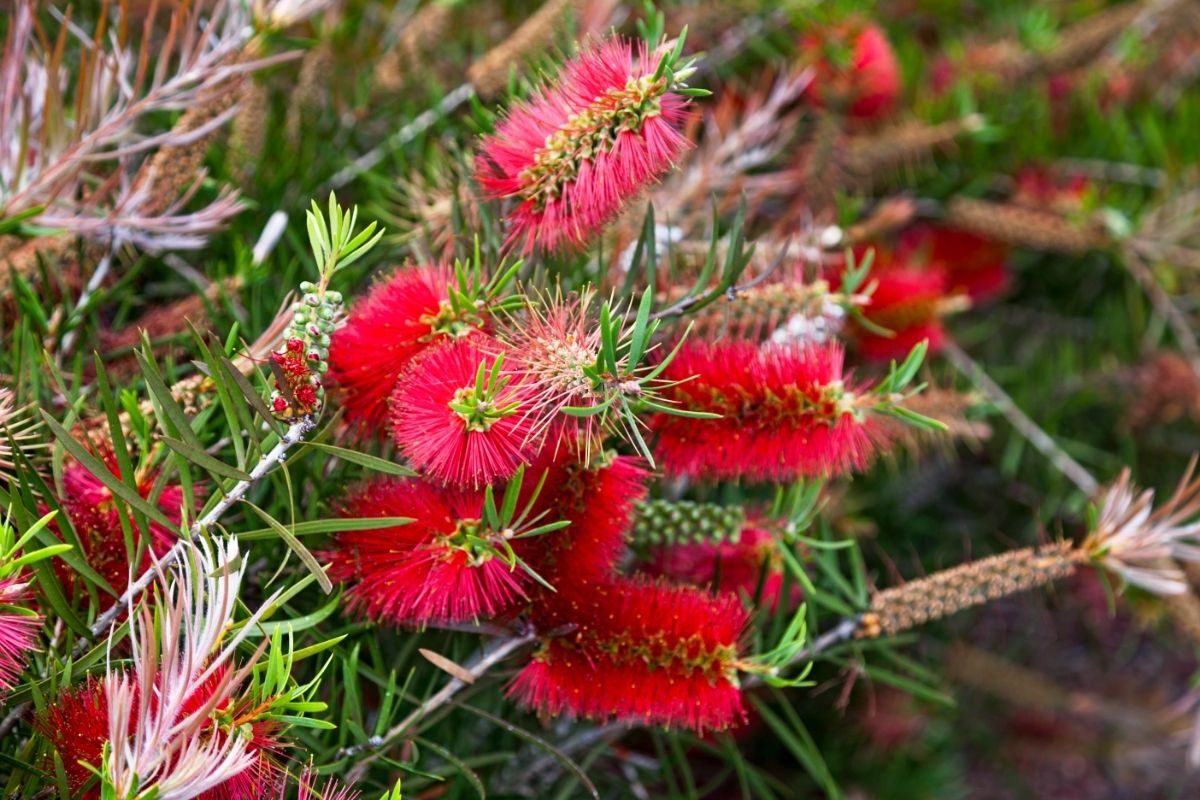
Otherwise known as the creek bottlebrush, this tree is endemic to New South Wales and Western Australia, where it can be identified by its pendulous foliage and large brush-like flowers.
The weeping bottlebrush can often be found on streets and in gardens, where it is commonly grown for its ornamental beauty.
19. Bottlebrush, Prickly (Melaleuca Brachyandra)
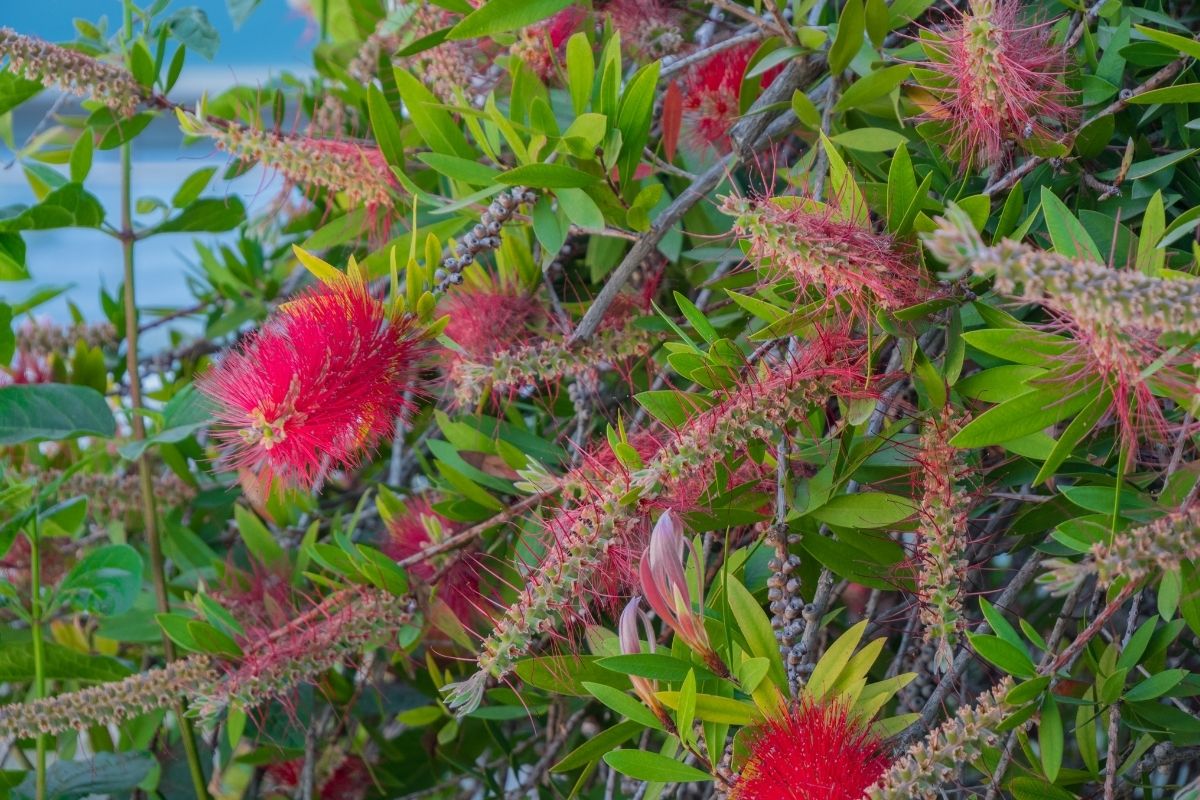
The prickly bottlebrush is a species of flowering shrub native to Victoria and South Australia, which is known for its narrow leaves and festive red-green flowers.
Despite its sharp foliage, the tree has become a popular accessory in temperate gardens across the country, where it is admired for its vibrant blooms.
20. Bottlebrush, Mountain (Melaleuca Montana)
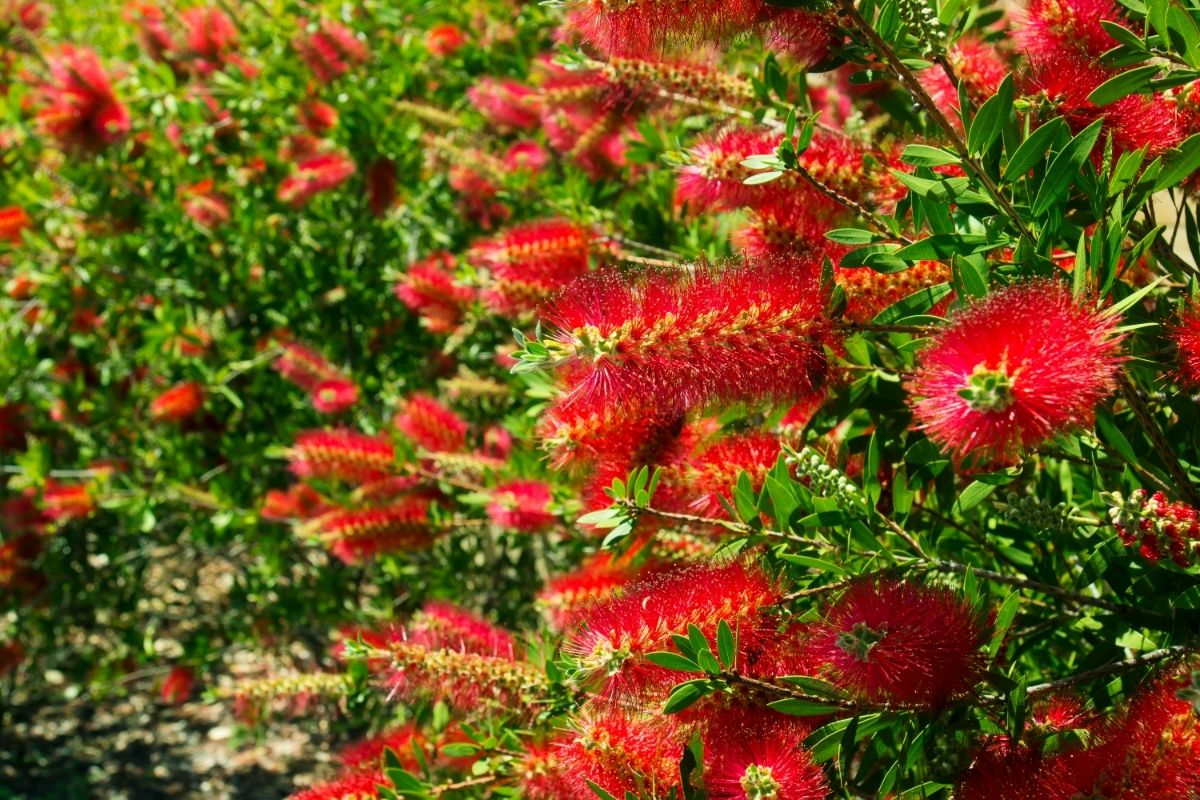
Yet another member of the myrtle family, the mountain bottlebrush can be found across New South Wales and Queensland, where it boasts the same red flowers as its various counterparts.
While the species is not considered as attractive as its cousins, it still remains a popular choice for Australian gardeners, although it is known to thrive in shady conditions.
21. Bottlebrush, Lemon (Melaleuca Pallida)
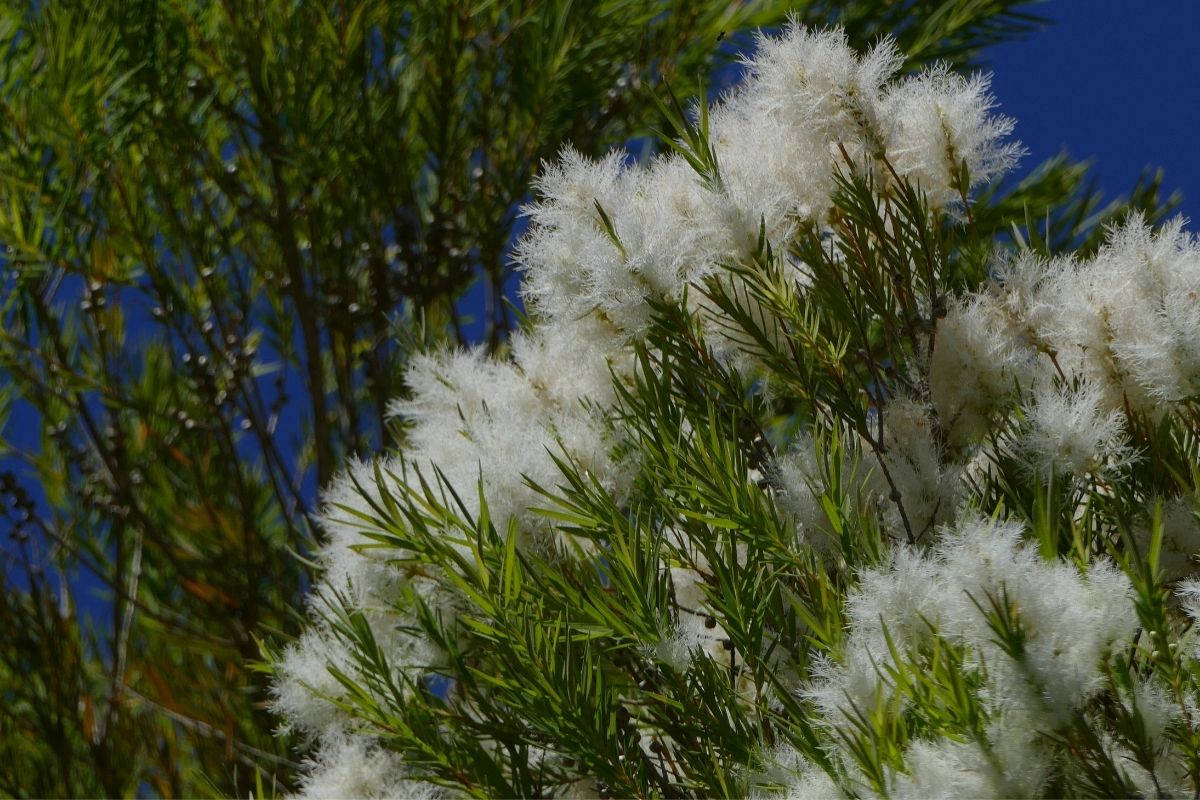
Unlike other members of the bottlebrush family, the lemon bottlebrush is endemic to eastern Australia and does not sport the same red flowers as its cousins.
Instead, the shrub’s flowers are known for their yellow hue, which will sometimes contain hints of pink and purple.
RELATED: A Natureza é Bela! 23 Different Types Of Brazilian Trees
22. Bushwillow Tree (Combretum Erythrophyllum)

The bushwillow is a large spreading tree found along the rivers of southern Africa, where it is cultivated for gardens and ornamental use.
The species can be distinguished by its large tapering leaves and inconspicuous blooms, which are known to turn yellow during the spring.
23. Bully Tree (Sideroxylon Genus)
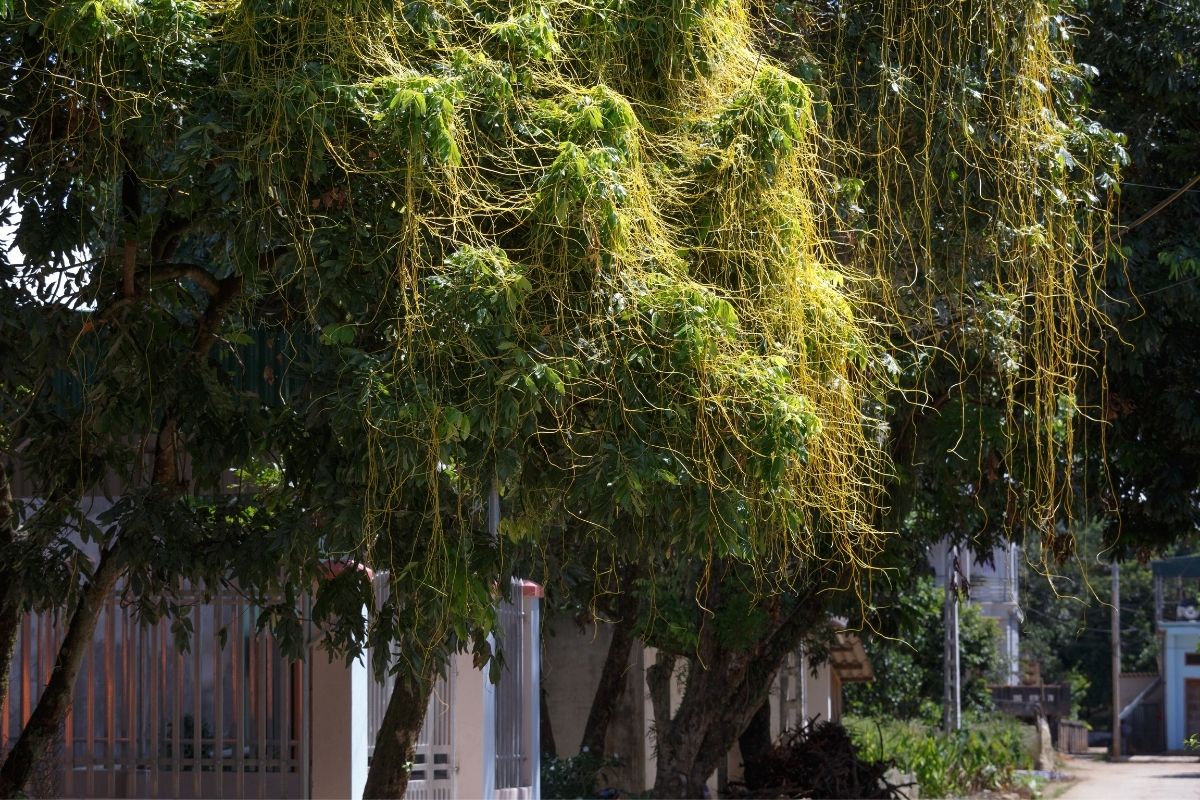
This genus of trees is said to encompass over 100 different species, which can all be found in various countries across the globe.
While it is unclear how they got their name, it can be assumed that the title was given because of their dominant nature and unusual longevity.
24. Buttonwood Tree (Platanus Occidentalis)

For the final species on our list, we have chosen the buttonwood, which is also known as the American sycamore and western plane.
Known for its strong bark and three-pointed leaves, the species is native to the central United States and northeastern Mexico, where it is commonly used for shade and to make butcher’s blocks.
Conclusion
As you can see, there are countless trees that start with the letter B, with each one boasting its own characteristics and appearance.
So now that you know more about these gentle giants, why not go out into the world and see if you can spot them.
Editor’s Recommendations
13 Awesome Orange Trees (Including Pictures)
La Naturaleza Es Hermosa! 10 Different Types Of Spanish Trees







